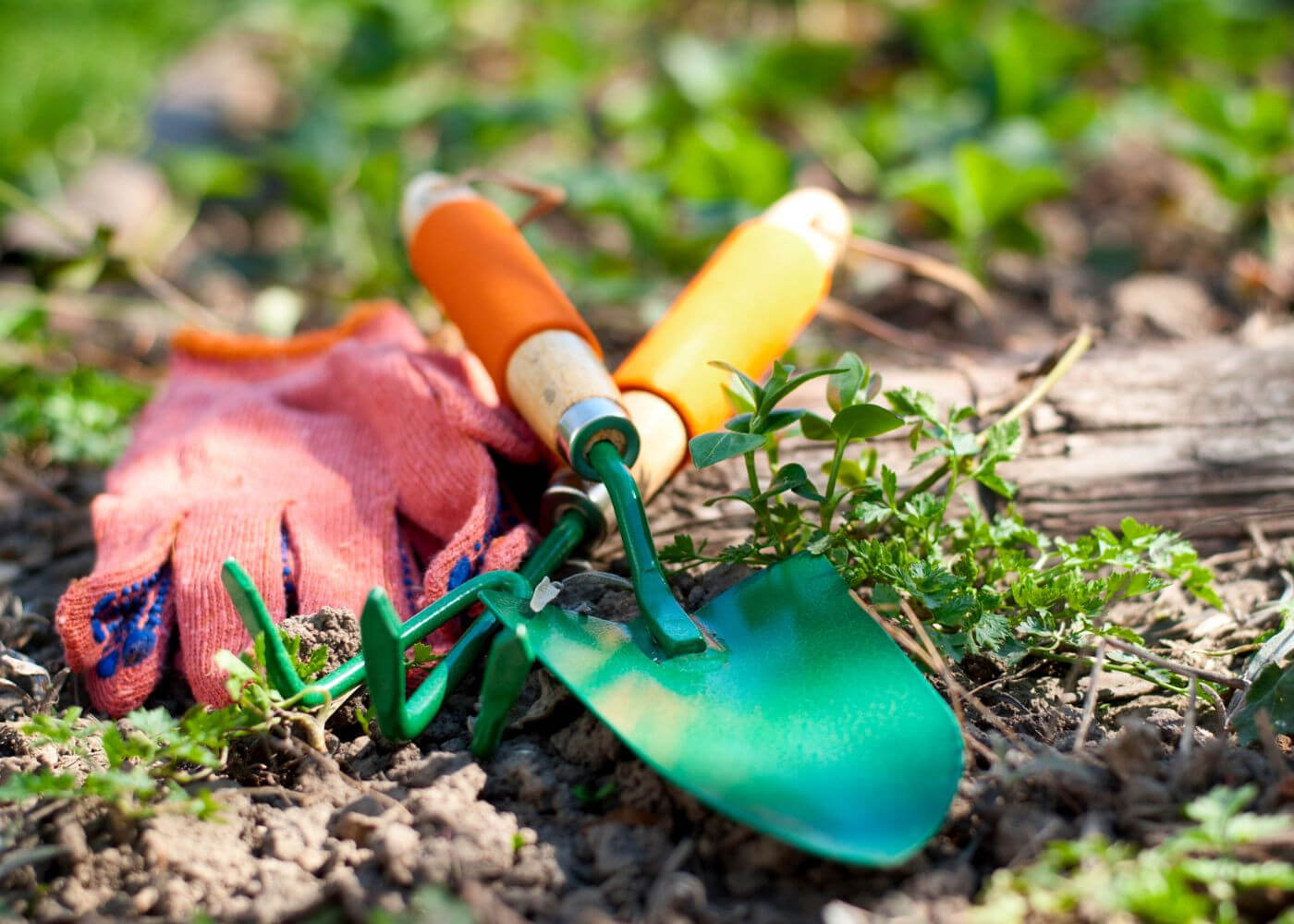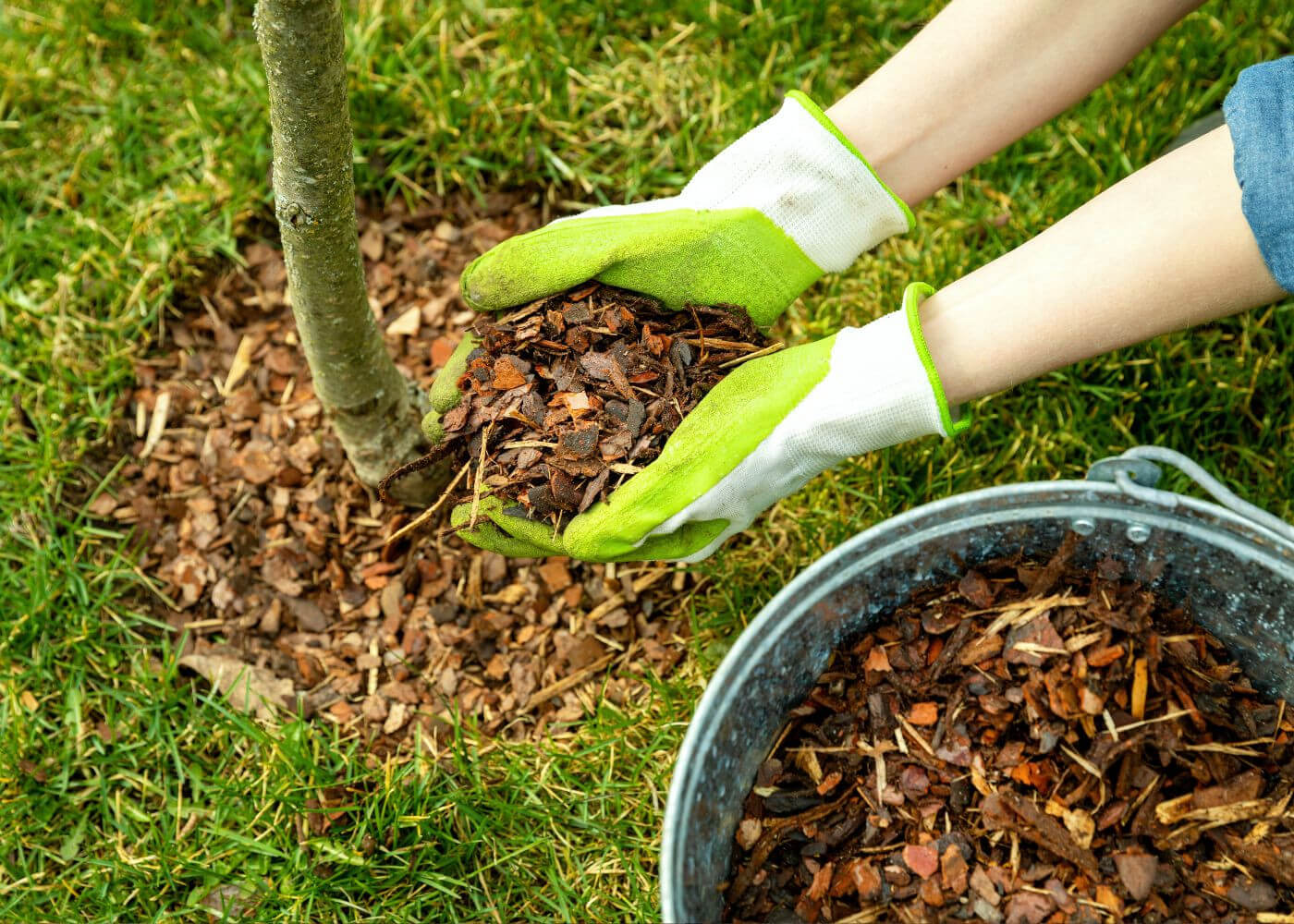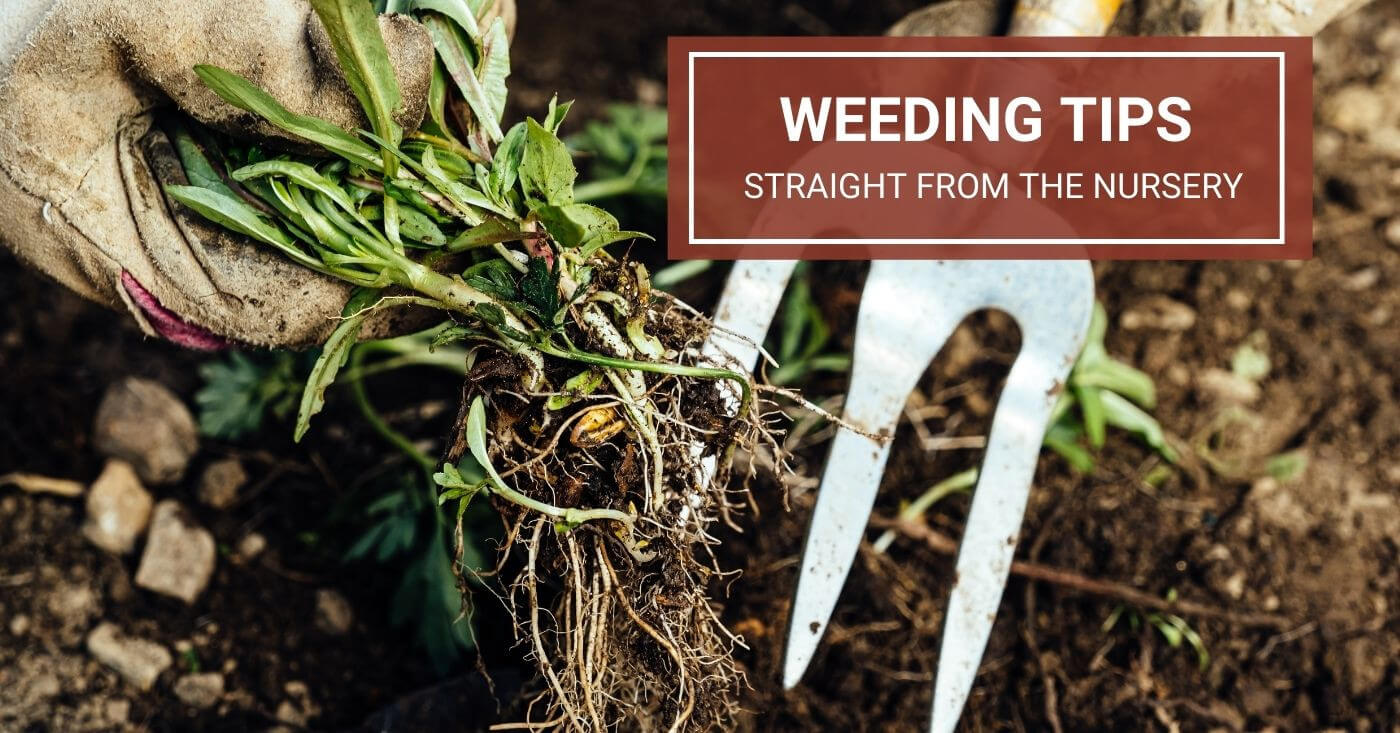Maintaining a beautiful and healthy garden requires effort, patience, and a bit of know-how. One essential aspect of garden maintenance is weeding. While weeding may seem daunting, armed with the right techniques you can easily conquer those stubborn intruders and ensure your plants thrive. In this blog post, we'll share some valuable weeding tips to keep your garden lush and flourishing.
Timing is Key
Timing plays a crucial role in effective weeding. It's best to tackle weeds when they're young and small, as they’re easier to remove and haven't established enough to scatter their seeds. Inspect your garden often during the growing season, and promptly remove any newly-sprouted weeds. Stay on top of this to prevent them from becoming established.
Wet or Dry – Which is Ideal?
We recommend weeding when the soil is wet, either after watering or rain. The soil is looser when it’s damp and more easily releases the roots. When soil is dry, it holds onto the roots, sometimes causing them to break off, which results in weed regrowth.

Equip Yourself Properly
Equip yourself with the right tools before you venture into your garden. Investing in high-quality tools will make your weeding tasks more efficient and maybe not enjoyable, but at least not as arduous. A few tools for weeding include:
- Hand Trowel: Ideal for digging out small weeds with shallow roots.
- Garden Fork: Provides leverage and stability, use for removing larger weeds with deeper roots
- Hoe: Great for cutting down weeds in larger areas, like vegetable patches or flower beds, or when the ground is dry.
- Weed Puller: A handy gadget specifically designed to extract weeds, including their roots, from the ground with minimal effort. Some can be operated while standing, and some are best used close to the ground.
- Gloves: These are a must-have! Protect your fingers from thorns and spikes, while giving yourself extra grip on those difficult weeds.
Remove Weeds by the Roots
Unfortunately, like most things in life, there are no shortcuts when it comes to weeding. Pulling out the top portion of the weed won't suffice, as the roots will remain intact, allowing the weed to regrow. If the roots are sticking to the soil, use your tools to dig around the base of the weed and gently lift it straight out, not at an angle, to get as much of the root system as possible. This method reduces the chance of regrowth and keeps your garden weed-free for longer periods.

Mulch for Weed Suppression
Now that you’ve removed most of those pesky interlopers, you want to keep them gone. Prevention is better than cure, and mulching is an effective measure against weeds. Apply a layer of organic mulch around your plants and in between garden rows. Mulch suppresses weed growth by blocking sunlight and creating a barrier that inhibits weed seed germination. Additionally, it retains moisture in the soil, regulates soil temperature, and improves overall soil health. When in doubt, always mulch your plants for the best results in your garden. Want to learn more about the benefits of mulching? Check out our Mulching Guide.
Regular Maintenance and Consistency
Maintaining a weed-free garden requires consistency. Set aside time each week to inspect your garden and remove any emerging weeds. Consistent weeding prevents weeds from maturing, going to seed, and becoming a recurring problem. Consider it a form of self-care for your garden, nurturing its health and vitality.
Sum it Up!
Weeding doesn't have to be a laborious task; it can be rewarding when approached with the right tools and techniques. Implement the tips discussed above to have the upper hand in keeping those pesky trespassers at bay while giving your plants the best chance to flourish. Remember, a well-tended garden not only enhances the beauty of your outdoor space but also provides a haven for beneficial pollinators.
If you’re looking for more gardening tips, check out our Green Tips Page. We also have short educational videos on the care of our plants here: https://www.mckaynursery.com/plant-handling-guide

